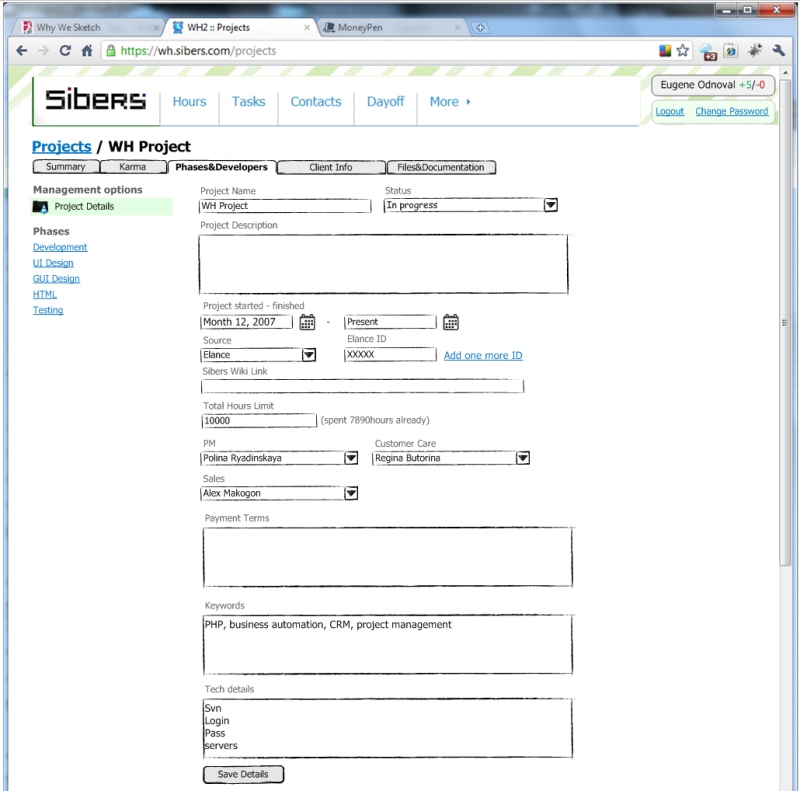
By Sibers Technical Analysis Specialist Tatyana Medvedeva
Accompanied by Sibers User Experience Designer Eugene Odnoval
Long gone are the days when users were satisfied with a basic, working website. Users now need, not just the basics, but also a site that is convenient. Therefore, it is very important that you pay strong attention to your site’s usability, keeping in mind the user’s perspective. After all, even if you have a great design, if the information is not easy to acquire, the user will not return to the site.
So, how do you improve your website’s overall design to create the best possible user experience? Following these 10 simple tips can help accomplish this mission, and keep your users happy.
- Use disappearing explanations in the text fields. For better usability, an explanation should disappear when the user clicks on the field, leaving the text field available for the user’s comments.
- Avoid pop-ups. You should avoid advertisement pop-ups whenever possible. These items can be detrimental and may even force the user to leave the site. Instead, place all information and ads directly on the page layout instead of designing it to pop up when the site is opened, or the user’s mouse hovers on the page.
- Post the publication date. Users want to know how current your information is; this helps to increase credibility and relevancy. It is always a good idea to display the date of your postings on the site.
- Enable search functionality throughout the site. One of the most serious and common mistakes is a lack of search functionality. The availability of a search box on the page makes navigation on the entire site much more comfortable.
- Disable automatic music intros and audio ads on the site. You should definitely give your users a choice whether or not they choose to play audio files.
- Clearly indicate links. The user would appreciate it if it is clear what areas can be clicked and what areas cannot. Links should be highlighted in a different color from plain text, and they should also be underlined. This makes the page appear more pleasant to the eye, making it more readable, and user friendly.
- Remember breadcrumbs. Of course, this issue has nothing to do with food, but is essential for site navigation. Visitors like to know where they are, where they can go, and how to keep from becoming lost when moving between pages.
- Avoid deadlocks (windows can’t be closed, icons don’t work, everything freezes). If your site has a bug, you absolutely need to fix it. Of course, testing all the buttons and links should have been done in advance, before launching a live version; however, if you plant deadlocks as a strategy in an effort to trick and force the user to enter extra data (for example, you make them register for something), you can pretty much guarantee the user will never visit your site again.
- Avoid animated ads. A lot of huge banner ads blinking with different colors and changing their size and location tend to distract and annoy even the most discreet user. Say “no” to blinking texts, and your users will thank you.
- 10. Give your contact information. Providing contact information in a noticeable place helps visitors easily get in touch with you, as well as provides a feeling of trust. These simple details, such as your contact address and phone number will make you appear honest and friendly. Additionally, you can gain feedback, which many users like to view before deciding to apply, or contact you.
This list of recommendations is limited to the top 10 most common pieces of advice for site usability. More subtle issues are equally as important and can be discussed at a later time. That being said, if designers adhere to at least these basic points, visitors will enjoy their experience on your website and will appreciate the convenience of a user friendly platform.
